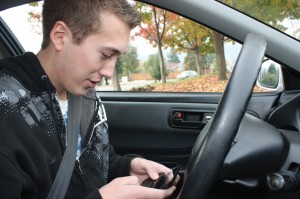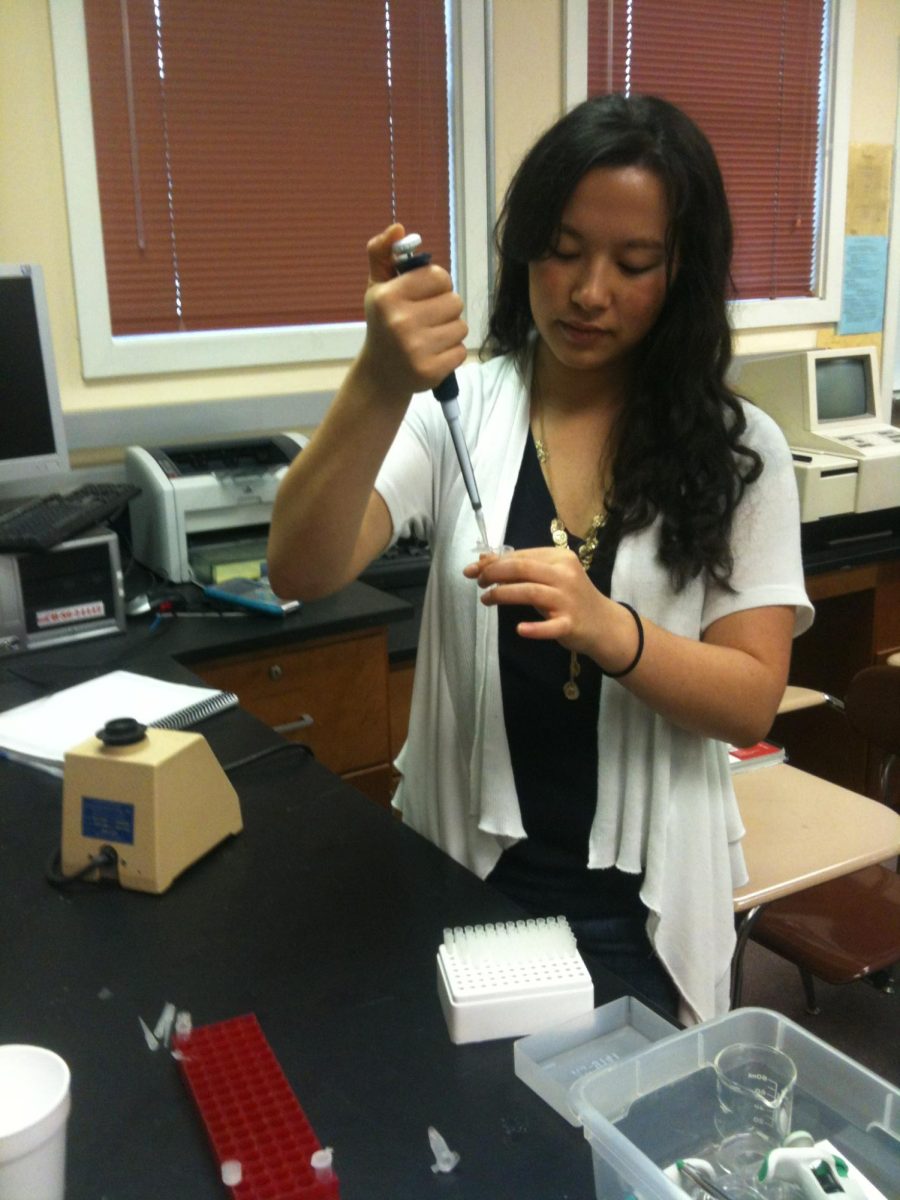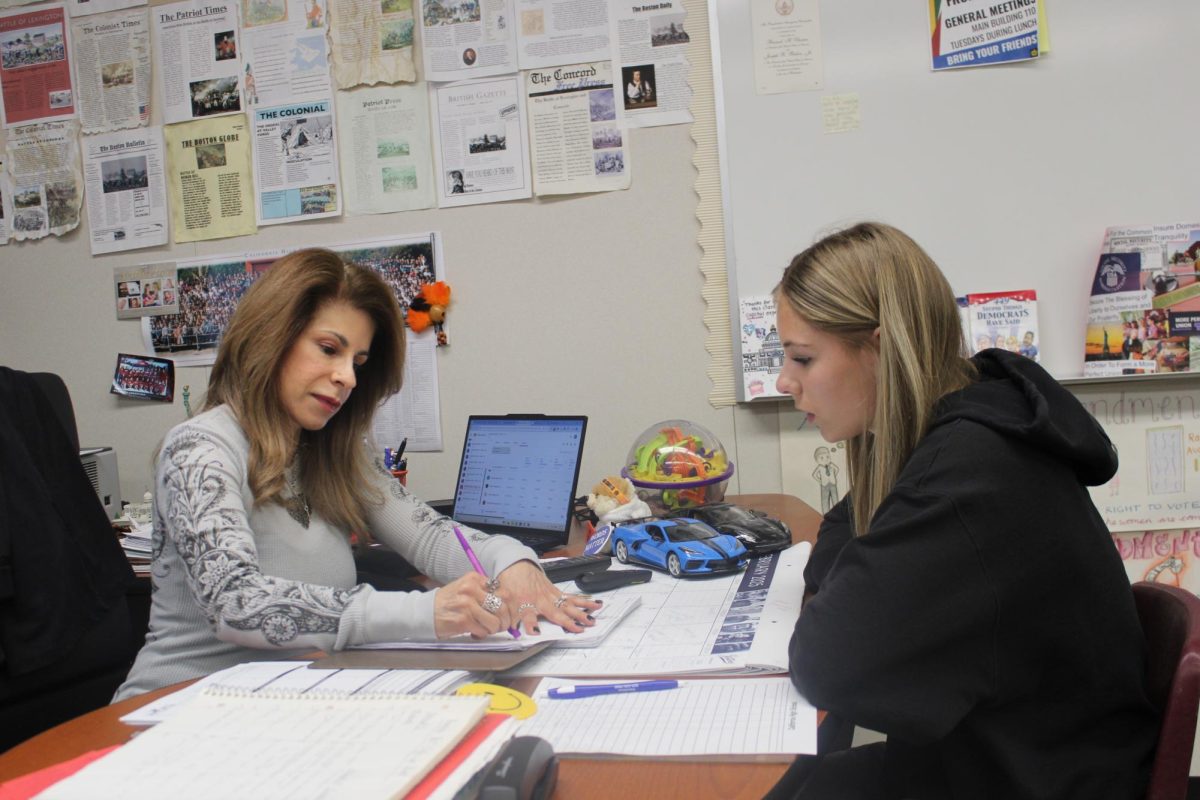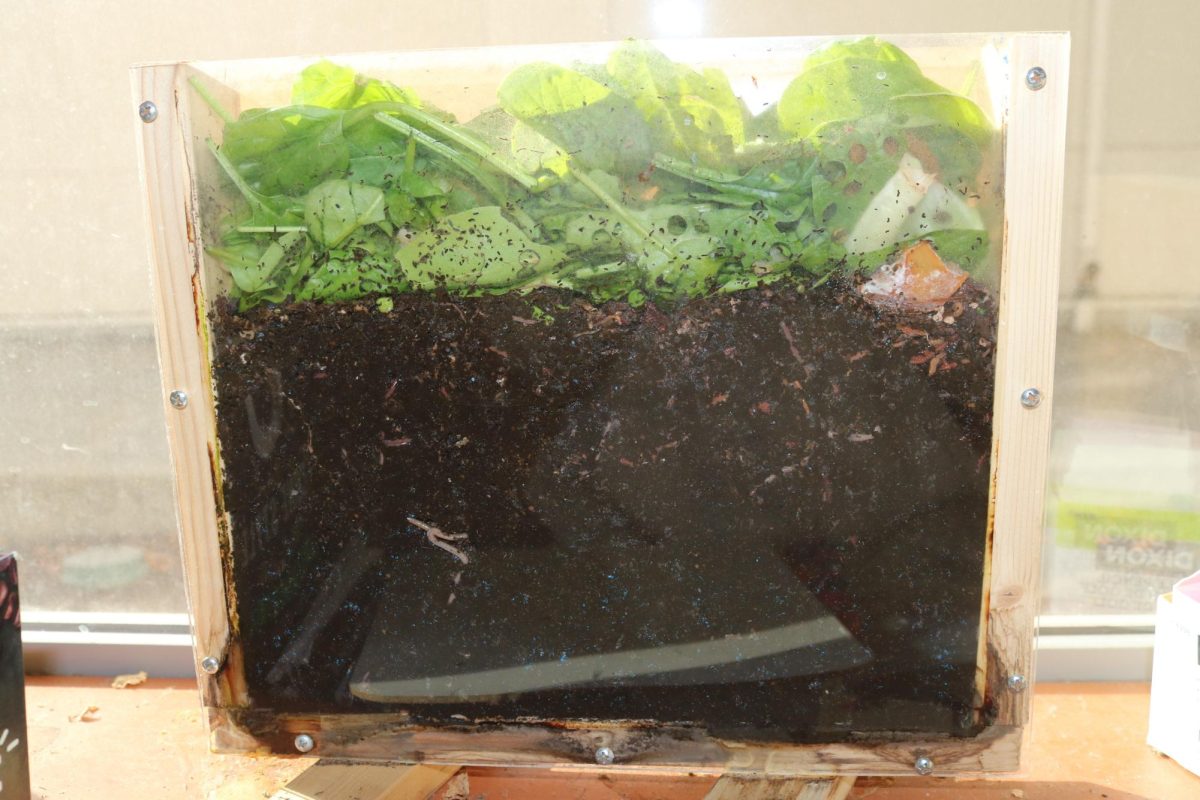
By Charlene Chew
About 10 teenagers died each day in motor vehicle crashes in the United States last year.
With about 1.56 trillion text messages sent and received a year, it is not shocking that 21 percent of accidents are caused by 16-19 year olds on their cell phones behind the wheel.
With haunting statistics like this, AT&T created the “Txting & Driving…It Can Wait” campaign in order to raise awareness about the dangers of texting while driving for today’s most risky drivers: teens.
The campaign was launched in October to educate drivers about the dangers of sending text messages from behind the wheel.
In April, Cal senior Zach Petterson was selected by AT&T as one of the 10 teenage board members whose task it would be to put together a national campaign that would educate young drivers about the hazards of cell phone use when driving.
Zach’s first order of business was to encourage Cal students to sign an AT&T-sponsored pledge never to text and drive, which many have done.
After launching the campaign
at Cal as a test drive, Zach collected 400 signatures from students who took the pledge.
“I decided to take the pledge because I really don’t think any text message is worth a person’s life,” said senior Krystal Akbar. “It only takes one second for something to go wrong while someone is driving.”
For Zach, the issue hits close to home because his cousin was in a car accident because of texting and driving. For this reason, he hopes to make roads safer by urging people to put their phones away while driving.
“Texting and driving is relatively new and a lot of people don’t realize its dangers,” said Zach. “I hope people will take the information available and apply it to their daily lives, so they can be safer and make things safer around them.”
Some who haven’t signed the pledge don’t see the consequences of texting behind the wheel as dangerous.
“I’m not ready,” said senior CJ Heller when asked if she would take the pledge not to text and drive. “I think it will require me being in the slightest of accidents for me to really learn my lesson. I am stubborn and confident that I can multitask and text safely.”
CJ added that it’s a driver’s responsibility to drive safely even if they decide to text.
Others like sophomore Sarah Walsh said she agrees with the message even though she hasn’t yet signed the pledge.
“I don’t think texting and driving is something I’ll ever do,” said Sarah. “Whatever it is can wait until later.”
In attempt to make things safer, software companies such as Lifehacker and iSpeech have recently released phone applications such as DriveSafely, Dragon Dictation, and Text’nDrive.
These applications, which are designed for hands-free use, take voice commands and convert them into texts or e-mails.
These programs are only available for certain phones, require relatively quiet background noises, and sometimes can misrecognize words
But Sarah says this still creates a danger while driving.
“It’s dangerous,” said Sarah. “You can get distracted easily and you can’t handle the wheel properly.”
School Resource Officer Hollis Tong observes a lot of distracted driving involving cell phones.
“It’s pretty scary to see people doing tons of distracting things while driving,” said Tong. “When you’re driving a car you have your life and others’ lives in your hands.”
Tong hopes the campaign will lower the number of tickets and accidents related to cell phone usage while driving, and that positive peer pressure will encourage kids to do the right thing while behind the wheel.
“We’re a community and everyone has to look out for each other,” said Tong.
The campaign has been successful so far in reaching drivers with its important message. The next step for the campaign is to get more drivers outside of high school to pledge, and reach out to the community on a larger scale.
“Hopefully, educating people will keep everyone safer,” said Zach.





